The transcontinental railroad was the greatest engineering feat of its time. Nothing like it had been attempted before. The project required massive amounts of material and money, and it required the labor of thousands of men working six days a week. Finding enough workers was initially difficult for both companies.

Although California’s population grew considerably after the 1840s, it didn’t have enough laborers to fill the needs of the Central Pacific in 1863. Many of the workers who started with the railroad left to seek their fortunes in gold and silver mines. Desperate to find a solution, the Central Pacific’s construction head, Charles Crocker, suggested Chinese workers.
The first Chinese immigrants had arrived in California in the early 1850s, but discrimination and anti-Chinese laws had made it difficult for them to find employment. It seemed like a good fit: The Central Pacific needed workers, and the Chinese needed jobs. But the Central Pacific’s supervisor, James H. Strobridge, was skeptical. He doubted that the Chinese could handle the physical work of building a railroad. He thought that Irishmen would refuse to work with Chinese workers. But Crocker insisted, and a group of Chinese men were hired in March 1865. At the Central Pacific’s peak of employing a 12,000-man workforce, about 10,000 laborers were Chinese.
This story is from the February 2017 edition of Cobblestone American History Magazine for Kids.
Start your 7-day Magzter GOLD free trial to access thousands of curated premium stories, and 9,000+ magazines and newspapers.
Already a subscriber ? Sign In
This story is from the February 2017 edition of Cobblestone American History Magazine for Kids.
Start your 7-day Magzter GOLD free trial to access thousands of curated premium stories, and 9,000+ magazines and newspapers.
Already a subscriber? Sign In
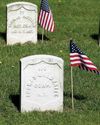
Putting the Pieces Together
Americans needed to begin to put the past behind them, come together, and plan for the future in the spring of 1865. But Abraham Lincoln, the man best equipped to lead them and who had hoped to restore the country as smoothly and peacefully as possible, had been assassinated.
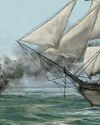
LAST SHOTS
The last Confederate forces in the Civil War didn’t surrender in the spring of 1865 or on a battlefield.
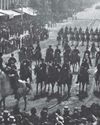
AND IN OTHER 1865 NEWS
A group of African Americans stop at the White House’s annual public reception on January 1, where they shake hands with President Abraham Lincoln.
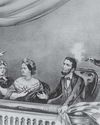
A Plot to Kill President the
For several months, actor John Wilkes Booth’s band of conspirators had plotted to capture President Abraham Lincoln and hold him hostage in exchange for Confederate prisoners.
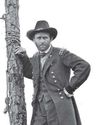
Let the Thing Be Pressed
In June 1864, Union Lieutenant General Ulysses S. Grant began a nearly 10-month campaign in Virginia.
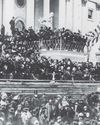
HEALING THE NATION
President Abraham Lincoln took the oath of office for the second time on March 4, 1865.

A Helping Hand
The spring season is hard in any agricultural society. Plants and animals are too small to eat.
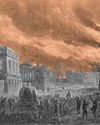
WAR SHERMAN-STYLE
As far as Union Major General William T. Sherman was concerned, the Civil War had gone on long enough.
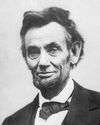
PEACE TALKS
The fall of Fort Fisher made clear that the Confederacy’s days were numbered. Southerners were tired and hungry.
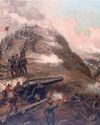
FORT FISHER'S FALL
Outnumbered Confederate soldiers inside Fort Fisher were unable to withstand the approach of Union troops by land and the constant Union naval bombardment from the sea.